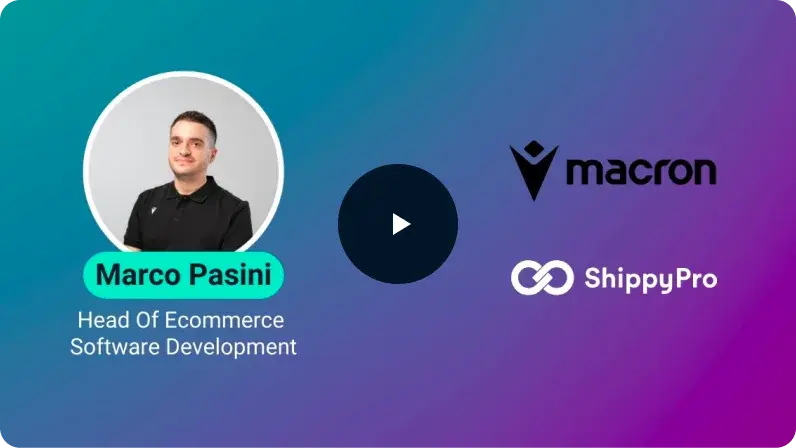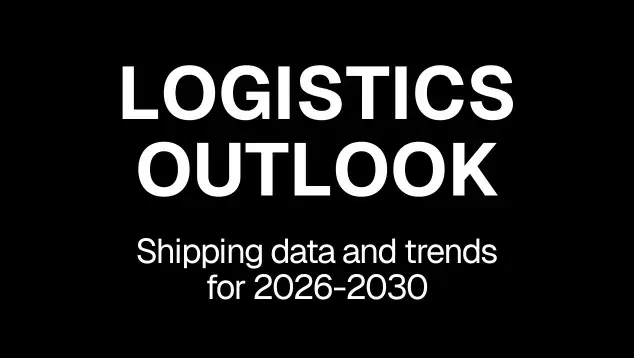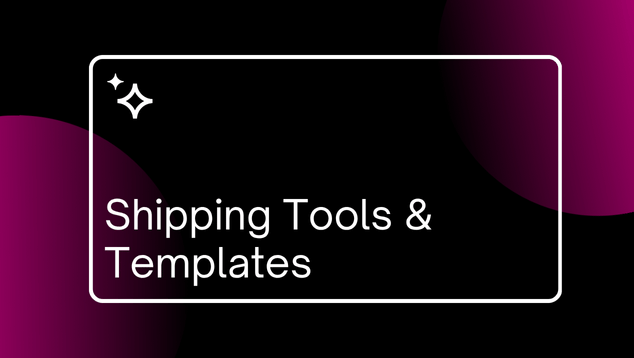Ecommerce Shipping Strategy for Shopify
Are you setting up a store on Shopify?
One of the major things you’ll need to consider is how you’re going to ship products. Shipping products can be costly, and if you don’t get your e-commerce shipping strategy right, it can make or break your customer relationships. Ceding control of shipping your products to another company is a major worry for new businesses, as you’re effectively handing over control of a key part of your store to a third party.
That’s why it’s so important to have an e-commerce shipping strategy in place before you set up your Shopify store. Some of the things you’ll want to consider are:
- What will you charge for shipping?
- What shipping method (or methods) will you offer?
- How much do your products weigh? Is this likely to affect your product shipping?
- What’s the best type of packaging to use to send your products to customers?
We’ve put together a shipping guide with everything you need to know about e-commerce shipping best practices to help you get your Shopify store off to a flying start.
Table of Contents
Choosing Ecommerce Shipping Rates For Your Business
How do you know how much to charge for shipping? It’s a decision that each Shopify store will have to consider when they’re putting together their shipping strategy, but there are a few options you might want to think about.

Free Shipping
Who doesn’t love free shipping? As a customer, free shipping is a very attractive prospect when shopping. It will entice users to check out where they might not otherwise do so. However, offering free shipping will obviously affect your store’s margins, as you’ll be paying for the shipping costs.
To counter this, you might want to consider increasing your product prices to cover shipping costs. If you increase product prices slightly, then essentially, both you and your customers are paying a portion of the shipping costs.
If that e-commerce shipping option doesn’t appeal, then you may instead wish to just offer free shipping some of the time, which will incentivise customers to make a purchase if they see free shipping as a limited offer. You can offer discount codes to certain customers for free shipping (perhaps send a code to first-time buyers for free shipping on their next order, to convert them into a repeat customer), or you could offer free shipping for customers who spend a certain amount in your store. If you choose to go down this route, you’ll need to think about the average order value for your store, and at what point it’s worthwhile for you to offer free shipping. This strategy helps by increasing your store’s average order value, but ultimately, you’re still the one paying for the shipping costs out of your margins.
Real-Time Carrier Rates
If you’re not keen on offering free shipping, then another e-commerce shipping strategy to consider is offering real-time carrier rates. Shopify integrates with a number of different shipping providers, so your customers can see the different shipping options and prices available to them. This means that customers can consider the options, for example, next day delivery, a signed-for service or standard second-class shipping, and pay for the exact service they want. Not every customer will want their order to arrive the very next day and are happy to wait a little longer if it means they pay less, whereas other customers would rather pay a premium to get their order as soon as possible. Going for this option for shipping products means that the customer is in control, and they can choose the option that best suits their needs.
Flat Rate Product Shipping
Finally, you might want to go for a flat rate when it comes to pricing your product shipping costs. This approach will be most effective, and your customers will feel that they’re getting the best value when you neither overcharge or undercharge your customers and instead decide on a shipping cost that accurately reflects how much it costs to send out the product.
Flat rate product shipping only really works if you’re selling a standard line of products, which all have similar sizes and weights – for instance, if you specialise in knitted scarves, or sell paintings. If you have a variety of different product types, all with different sizes and weights, flat rate shipping becomes more complicated as you’ll almost always either be overcharging or undercharging customers.

Cost Of Shipping Products
How do you know which shipping strategy is the best option for you and your Shopify store? Before you make any decisions, it’s important that you calculate the e-commerce shipping rates for your products to work out how much it’ll cost and what your margins will be.
As you know, shipping is expensive, so it’s key to your business success to carefully consider and choose your shipping options. You don’t want to lose money on shipping products, so you should keep track of how much it’s costing you, and whether the option you’ve chosen is working for your Shopify store.
To calculate your shipping costs, you will need to think about the following factors:
- Package size
- Weight of your products
- Where the order is being shipped from
- What country you’re sending the order to
- Whether the order needs to be tracked or not
- If you want to include insurance for your product shipment
Calculating e-commerce shipping rates can be time-consuming, so it’s best to use software to do this for you.
Here at ShippyPro, we offer automated shipping to make it easier for you to manage your product shipments, with everything from label creation to a Track & Trace service so both you and your customers can stay on top of where their order is.
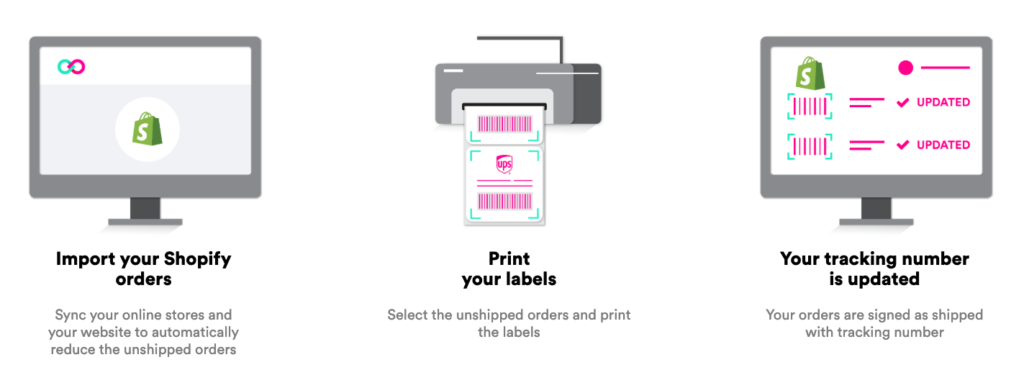
We offer a 30-order free trial so why not give it a go and see how we can make product shipping easier for your business?
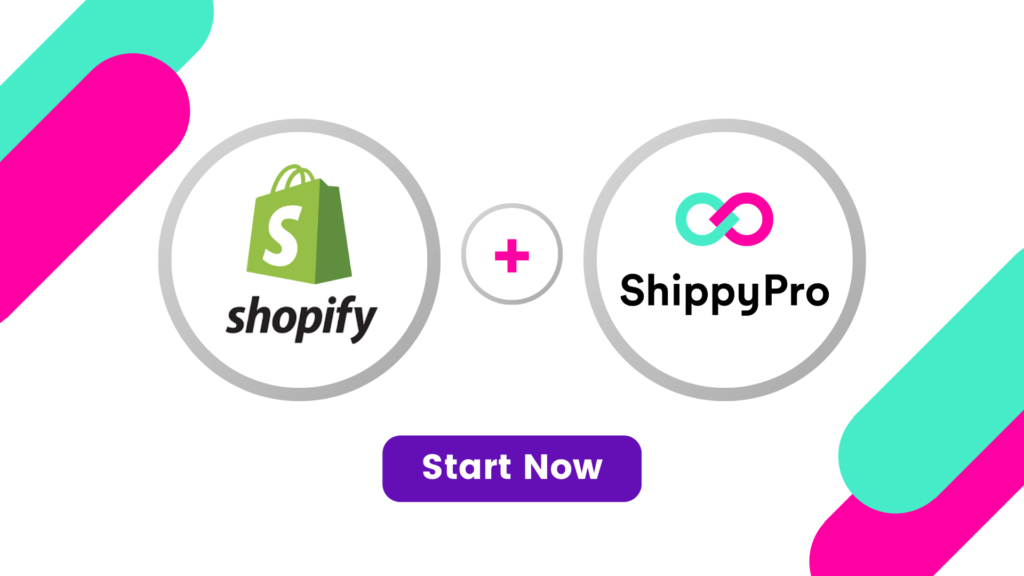
Packaging and Marketing
Have you thought about how you’ll present their products when you send orders out to customers? It might not be something you’ve considered, but it’s definitely something to take into account, as presentation is becoming increasingly important to customers. With the rise of things like unboxing videos, the way products look when they arrive at a customer’s door is an important part of the e-commerce experience. Even small details, like a branded sticker, or a hand-written note, can make a huge difference as to how customers perceive your brand. It can also form part of an effective organic marketing strategy, as beautifully packaged products are more likely to be shared by your customers on their social media channels, thus exposing your brand to a wider audience.

It’s also crucial to think about the safety of your product shipment. If your product is fragile, you’ll have to factor this into your shipping considerations. Does it need to be encased in bubble wrap, or sent in a padded envelope? The last thing you want is for a broken or damaged product to turn up on a customer’s doorstep.
Sustainability is another big consideration these days. Does your product really need to be wrapped in layers of plastic? If it’s something that’s lightweight and not easily damaged, like clothes, then could you simply use a poly carrier?
Whatever packaging option you go for, you’ll want to keep it small and lightweight. This will help to lower the shipping costs for your business and stop the price of shipping eating away at your profit margins.
Product Insurance and Tracking
Whether you want to offer insurance and tracking for your product shipment will depend on the cost and value of your products, but it can offer peace of mind for your customers, and protect your business against false claims of missing or damaged orders.
Insurance will offer coverage if your package gets lost or damaged in transit and can be advantageous for your business, particularly if you sell high-value items. Some carriers, like UPS and USPS priority mail, offer free insurance up to $100, and with many other carriers, insurance is inexpensive.
ShippyPro offers tracking for all packages with our Track & Trace service. This allows you to:
- track product shipments from one dashboard;
-3.gif)
- send shipping notifications upon each change on the delivery status, and customize your template;
-1.gif)
- boost conversions by sending personalised coupons and discounts to users.
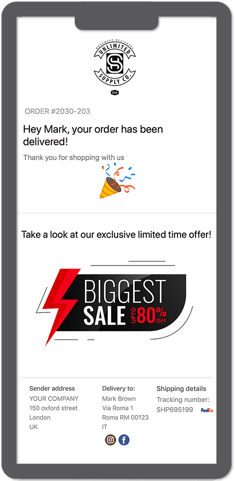
Customs
If you’re shipping orders outside of your own country, you’ll need to include proper customs documentation as part of your product shipment. You can find customs declarations online through Shopify, at your local post office, or shipping retail location, but make sure that you check with your country’s postal service to find out exactly what’s needed. Customs declaration forms will usually tell the customs officers at the country you’re shipping to what’s in the package, it’s valued, and whether it’s a gift or merchandise.
In some instances, customers will have to pay additional fees when their package arrives in their home country. You should ensure that your customers are aware of this so that they don’t have any nasty surprises when their package arrives. You should include this information prominently on the shipping policy page of your website.
The customs process can be a slow one, so you can use ShippyPro’s Electronic Invoice for Customs when you integrate your Shopify store with ShippyPro. This will accelerate the process of customs clearance, and leave your customers satisfied.
Labelling Your Packages for Shipping Merchandise
How will you label your packages when it comes to shipping merchandise? Often, new Shopify stores will write their shipping labels by hand but as your business grows, it’s not practical to do this as it’s so time-consuming.
Shopify does offer a solution on its platform in the form of Shopify Shipping. With this function, you can print and pay for multiple labels in one place, making it easier for you to get on top of creating the labels you need. However, with this option, you still need to do all of the legwork to find the best carrier for your order.
That’s where ShippyPro comes in. We’ll use our e-commerce shipping calculator to find the best carrier for your package based on factors such as its weight and dimensions, and you can print all of your labels in just one click with our Label Creator. It couldn’t be easier to keep on top of the shipping and fulfilment of your orders!
Check out this video to see how this section, Label Creator, works in details
Interested in trying ShippyPro for your Shopify Store now?
Create a profile here, the first 30 shipments are completely free!
Fulfilment Warehouse
Another option for e-commerce shipping methods is to use a fulfilment warehouse to automate and handle the shipping of your orders for you. With this option, you’ll store your inventory at their warehouse. Then, when an order is placed, it’ll be sent to your fulfilment partner to pack up and ship to the customer. As you might expect, there are numerous pros and cons to this way of handling your orders.
It can be far cheaper to manage your product shipping through a fulfilment warehouse. Warehouses ship so much that they generally receive cheaper rates from carriers, a saving which is passed on to you. You’ll also benefit from shorter shipping times if you choose your fulfilment partner strategically. If the majority of your customers are based in a certain location, you can choose a warehouse which is located nearby to ensure orders are delivered faster.
However, if you choose to use a fulfilment warehouse, you won’t have any control over the way your orders are presented. If branding is an important part of the shipping experience for your business, then it’ll be difficult for you to find a warehouse which will be able to provide this. Additionally, there may be extra costs associated with using a fulfilment warehouse, as you might have to pay pick and pack fees, or warehouse storage fees. It’s important to weigh up whether these costs are worthwhile for your business, or if they’ll negate the benefit of cheaper shipping costs.
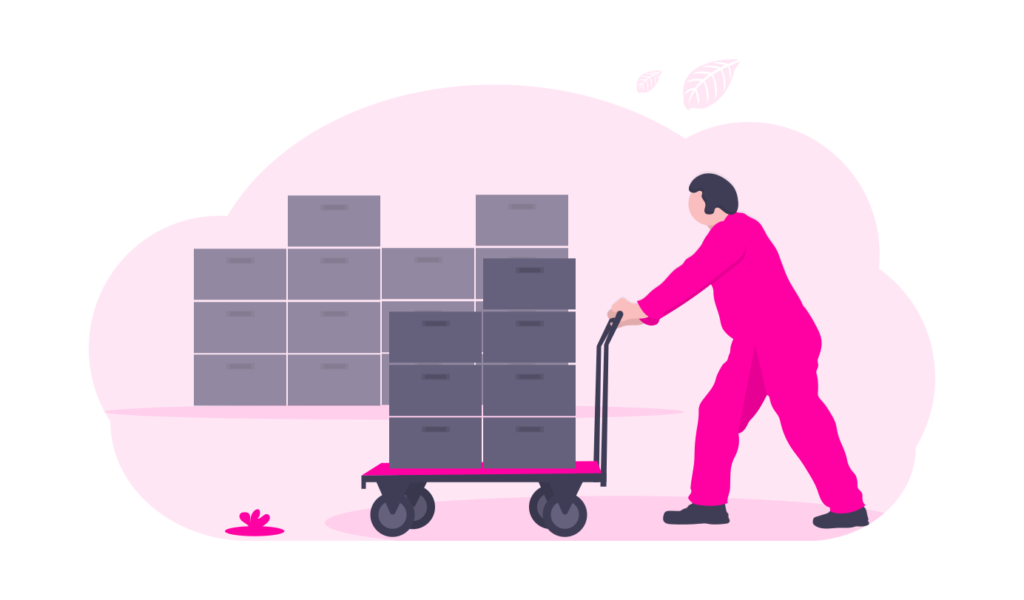
How To Set Up Shipping For Your Online Store
It’s maybe not the part of setting up your business that you’re most excited about, but it is important to consider shipping. It can be tough, boring and expensive to ship your products, but ShippyPro can help you to manage it.
We’ll show you the best rates available, helping you to avoid losing profit on expensive product shipping processes. Our Label Creator allows you to create multiple labels at once for easier management of your shipping strategy, and we offer a free Track & Trace service.
Want to give it a go? Sign up for a free 30-order trial today, and discover how ShippyPro can help you manage your shipping and fulfilment through your Shopify store.

ShippyPro is the complete shipping software for online and offline retail. With Label Creator, Track & Trace, Easy Return and Analytics features, our software simplifies your shipping operations. ShippyPro integrates with over 180 carriers and 80 sales channels, making it compatible with a wide range of products and use cases.




